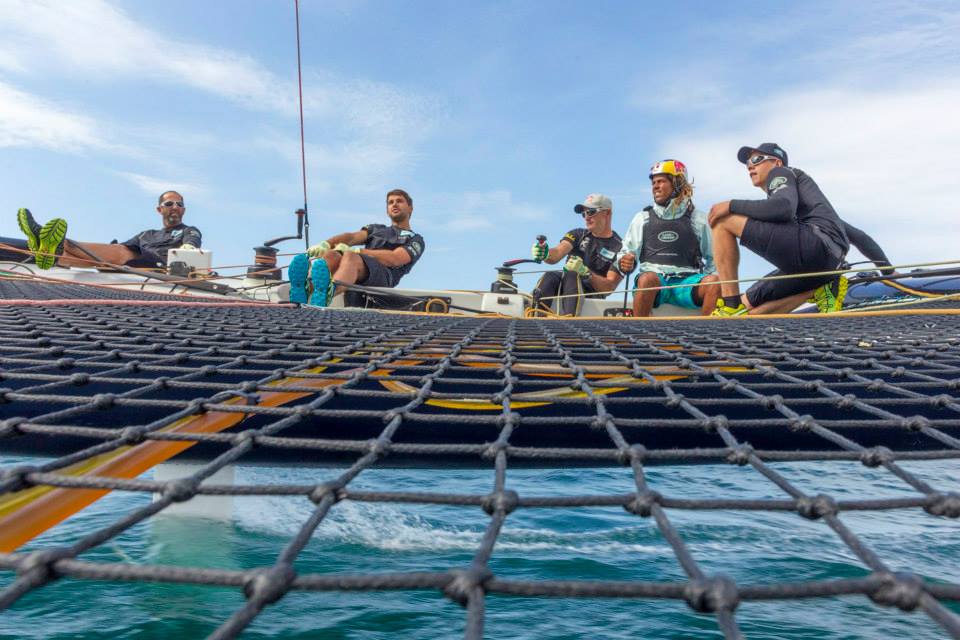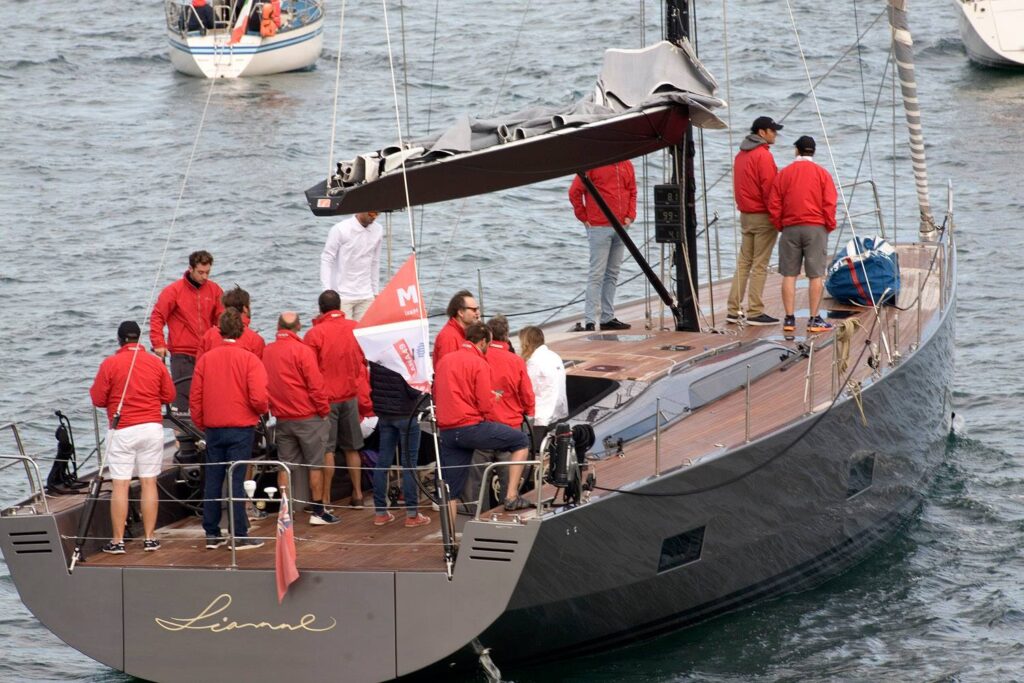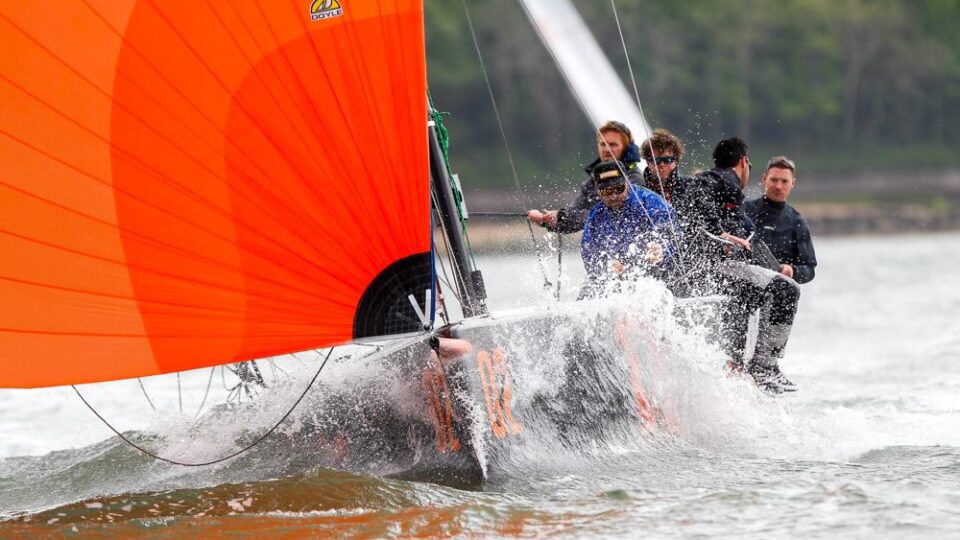Sailing Crew Roles and Names
The skipper is responsible for the safety of the yacht and the crew’s welfare. However, sailing a boat successfully requires teamwork from the skipper and the crew. This will ensure that all maneuvers—such as leaving a mooring, hoisting sails, changing tacks, reefing, or entering a marina—can be completed with maximum enjoyment and minimum stress.
Boat Captain/Skipper
It may come as a shock, but the skipper is not necessarily the helm. This crew member must ensure that the boat is ready for sailing. He or she needs to make sure that all members of the crew are accounted for. They also need to make sure that food and fuel are sufficient, and sails are ready for hoisting. The skipper is in charge of keeping communications open onboard and help other crew members if needed. Also, they are usually responsible for talking the whole crew through maneuvers as they are about to happen and making sure that all crew members are ready.
What Makes A Good Skipper?
- Responsibility: The skipper is responsible for all aspects of the running of the yacht, its safety, and the crew’s wellbeing.
- Skills: He or she should be comfortable with sailing and navigation skills, inspire confidence in their crew, and be a good communicator.
- Delegation: A good skipper should keep on top of all his or her duties and give the crew tasks that are appropriate to their experience.
- Patience: He or she should be patient with inexperienced crew members and be able to run the yacht with a light touch while retaining respect and authority.
- Briefing: It is the skipper’s role to plan the passage in detail before setting sail.
- Involvement: A good skipper will also encourage the crew to get involved in passage planning and navigation and will always listen to their opinions.

Tactician
The tactician’s role is to get the boat around the racecourse as fast as possible. For that, he needs to take into account the wind, tide, and other competitors, as well as the crew’s ability. They also need to make sure that the boat has the correct course. In short, the tactician is the brains of the sailboat. The tactician must communicate with the helm and skipper to run through maneuvers.
The Helm (Driver)
The Helm is often mistakenly perceived as the skipper. This crew role is to steer the boat where the tactician says and to keep sailing as fast as possible. The helm is also helping with other tasks, but they must focus on the job at hand as much as possible. The helm and the tactician must be in close communication with each other.
Head Sail Trimmers
This crew role is for two members, one who will cut release the sail when going through the tack while the other pulls in the full sail. The crew member releasing can then assist with tailing the sail or trimming it – which is a good example of teamwork. Also, the trimmer should keep adjusting the sail, depending on the point of sail, and should be very focused on that task. Also, the trimmers are in charge of trimming the spinnaker sail and guy when going downwind. Main communication is kept between each other, boat captain and tactician. Pre-start these guys will have a lot to do!
Bowman
This crew member is in control of all sail hoists and drops depending on the wind. The bowman spends most of their time on the foredeck (the deck at the forward part of the sailboat), preparing for spinnaker hoists, gibes, and drops.
Pitman
This crew member is a combination of both the bowman and mastman. They are in control of all of the running rigging which comes into the cockpit. This is a vital role and always in the middle of the action. Pitmans must keep communication is between bowman, mast man, and skipper—the eyes and ears for the foredeck crew.

Mastman
This position is reserved for the stronger members of the crew. A mastman’s foremost task is to assist with the speedy hoisting of the sails during maneuvers. The mast man and bowman go hand in hand and help each other on hoists and drops. The main communication is with the bowman, pitman, and skipper.
Ballast
No sailing team is complete without its ballast crew members that help to balance the boat in order to reach its top possible speeds and maneuverability. These members of the crew are called ‘ballast’ and are key when racing for the mark. Ballast crew members have the best seat in the house.
What Makes a Good Crew Member?
- Key qualities: All crew members require a positive attitude, sense of humor, and the ability to get along with others in the confined space aboard a cruiser.
- Willingness to Learn: Good crew members are willing to learn and to take an active role in all aspects of running the yacht.
- Attentive: Diligent crew listen to the instructions carefully and ask questions if they do not understand anything.
- Working As a Team: All members of the crew must remember that they are part of a team. A happy gathering in the cockpit at the end of the passage is an indicator that each member of the crew has done their job.
